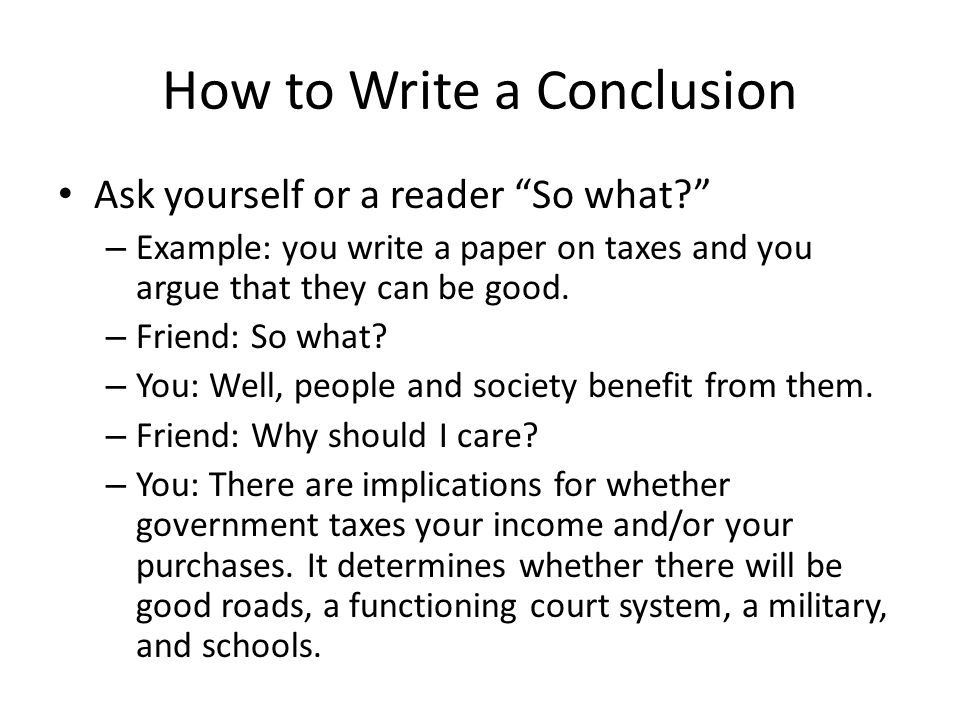Writing a conclusion for an essay has many different purposes. The conclusion can include reiterating the main points, calling for action, or presenting new information. It should be short and sweet and encapsulate all of the arguments you’ve analyzed throughout the paper. Here are some tips for writing an effective conclusion. Let’s look at three common types of conclusion paragraphs. If you’ve been stumped by a piece of writing, try these three methods:
Reiterating supporting points
Reiterating supporting points in a summary or conclusion is a key component of an essay. The summary should summarize the paper and not merely restate the thesis. It should instead present a concise version of the argument, topic, or purpose. For example, you could discuss how the ban on offshore drilling would be a good solution to the environmental concerns and oil spills of the past few years.
Calling on audience to do something
A good way to end an essay is by calling on your audience to do something. While you don’t have to say exactly what they should do, you can assume the audience has a desire to act. Ask them to consider the implications of their actions or what would happen if no action is taken. For example, if you are talking about the health benefits of stress reduction, you can list the various physical benefits such as improved hearing and immune systems. You could also call on your audience to take some action that would help them achieve these benefits.
Editorialization
When writing a conclusion for an essay, it is common to use a style known as editorialization. This style of writing uses a controversial or sarcastic tone to appeal to readers. For example, a conclusion for a Braille essay might discuss the history of the Braille system. In this style, you would introduce new details about the Braille system but only if you can tie them to the main point of the essay.
Compound or parallel in structure
The first question to ask is: Do you write your sentences using compound or parallel structure? This will depend on the purpose of your conclusion. Parallel sentences sound more aesthetically pleasing than compound ones. They also minimize the work of the reader, freeing them to concentrate on the central idea of your work. One simple way to check for parallelism is to pair nouns with verbs and prepositional phrases with prepositions. You can also check for grammatical form by underlining each element within a sentence.
State the thesis for the very first time
A good way to end an essay is to restate the thesis for the first time in the conclusion paragraph. This is an effective way to remind readers of the point you made in the body of the paper. For example, you could say, “The reduction in our societal dependence on plastic is a step in the right direction.” This is a good way to end an essay without rehashing the whole thing.

